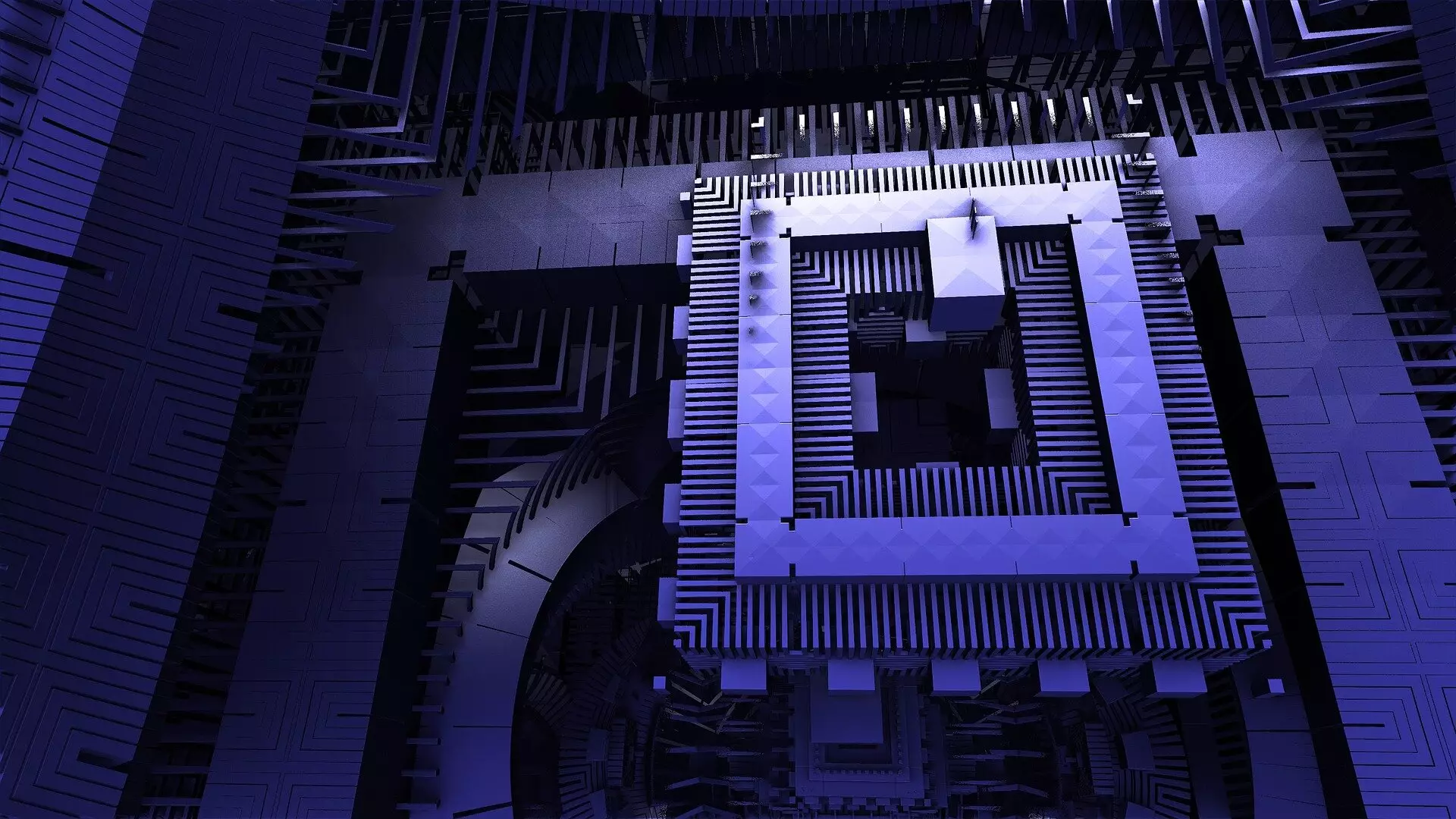In a groundbreaking development, a collaborative consortium of scientists in the United States, spearheaded by physicist Peng Wei from the University of California, Riverside, has made significant strides in the field of superconductivity. Their research focuses on a new superconductive material, which holds promise for revolutionizing quantum computing applications. The confluence of advanced materials science and quantum physics has spurred the invention of a topological superconductor, a concept rooted in the mathematical study of topology, or the properties of space that are preserved under continuous transformations.
Topological superconductors are characterized by their unique electron states, which have the ability to preserve quantum information even in the face of environmental disturbances. This property is pivotal for sustaining qubits, the fundamental units of quantum computing. The researchers elaborated in their publication in Science Advances that they synthesized this new topological superconducting material by integrating trigonal tellurium—a chiral material—with a surface state superconductor derived from a thin gold film.
The key component in this innovative approach is trigonal tellurium, known for its chiral nature; this means it possesses structures that cannot be superimposed on their mirror images, akin to the asymmetry of human hands. Even though trigonal tellurium is non-magnetic, it demonstrated the presence of quantum states that exhibit definite spin polarization at the interface, a remarkable trait that bolsters its potential for quantum bit development.
The spin polarization observed at this interface adds an intriguing facet to the research. As stated by Wei, the establishment of a meticulously clean superconducting interface between the chiral material and gold has resulted in a robust two-dimensional interface superconductor. One particularly noteworthy observation was that the energy associated with spin at this interface was six times greater than that seen in traditional superconductors. This enhanced energy effect could potentially lead to advancements in the design and implementation of qubits, vital for effective quantum computing.
Another fascinating aspect of this newly developed superconductor is its behavior under magnetic fields. The research team observed a specific transition that enhances the material’s robustness under high magnetic fields, indicating a shift toward what could be characterized as a “triplet superconductor.” This transition is critical because triplet superconductors are generally more stable and can better withstand the challenges imposed by magnetic influences—an advantage not observed in many conventional superconductors.
The collaboration with scientists at the National Institute of Standards and Technology further augmented the research findings. Through this partnership, the team was able to demonstrate that their heterostructured superconductors, which included combinations of gold and niobium thin films, effectively mitigate the detrimental effects of decoherence that typically occur due to material defects. Issues such as the presence of niobium oxides can severely disrupt superconducting functionalities, emphasizing the importance of the clean interfaces achieved by this research.
As the implications of this research unfold, one of the most exciting prospects lies in the field of quantum computing—a domain where conventional computing fails to keep pace with the complexity of certain problems. With a quality factor surpassing one million, the low-loss microwave resonators developed from this groundbreaking superconductive material are particularly noteworthy. These resonators serve as integral elements in quantum computing systems, responding to the need for enhanced efficacy through reduced decoherence.
Wei’s innovative work cleverly sidesteps the reliance on magnetic materials, opting instead for a non-magnetic approach, thereby allowing for an even cleaner interface essential for reducing information loss in qubit systems. This shift highlights a potential pathway towards a more scalable and dependable architecture in quantum computing technology. The burgeoning demand for reliable quantum computing components aligns perfectly with the research outcomes presented.
As the scientific community continues to explore and refine superconducting materials, the path forged by Wei and his team stands as a beacon of hope for quantum computing. With a provisional patent already filed and the research disclosed to the UCR Office of Technology Partnerships, it is clear that this endeavor is just the beginning of what could be a new chapter in advanced quantum technologies, paving the way for breakthroughs that were once merely speculative.


Leave a Reply